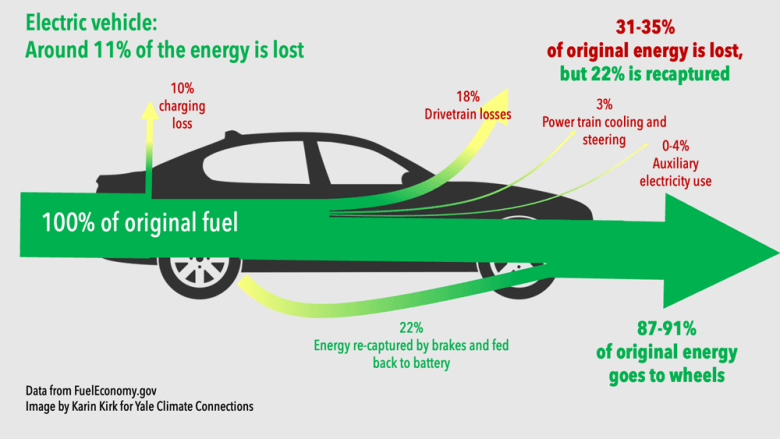
An all-electric car uses electricity to power its engine, and not fuel. It is a very efficient and green vehicle, which reduces the vulnerability of the country to oil supply disruption. It has the potential for lowering greenhouse emissions. Some models are cleaner than others.
The Nissan Leaf is the most popular all-electric vehicle in the world. The Nissan Leaf has been sold more than a quarter million units around the world. It was the top-selling plug-in vehicle in America for the first half 2014 In Europe, the Renault Twizy became the top-selling plug in car on the European market in 2012.

In the United States, the Tesla Model S was the number one selling pure electric car. It was introduced in late 2012. It was second in Europe with over 7000 units. It was the second-best-selling electric vehicle in China with more than 18,000. It was third in Japan with more then tenkil units.
Numerous local governments offer incentives to encourage all-electric vehicle sales. But it's not clear whether these incentives will be enough for widespread adoption. Tax credits and subsidies are two examples of incentives. It is possible that PHEVs may be more costly than regular cars until battery costs drop.
Depending on the size of the battery pack, a PHEV will only be all-electric in some cases. The battery costs are expected to continue to decline. The all-electric car's cost will be less than a gasoline-powered one, even though it may cost more to start. In fact, according to Better Place, a company that no longer exists, the initial cost of a mid-size EV would be only $0.02 per mile, and the cost of charging an all-electric car will be about $0.04 per mile.
Although the emissions of an all-electric vehicle are comparable to those from a conventional gas-powered vehicle, there are some notable differences. A compact electric vehicle emits 170 grams per km of carbon dioxide, while a middle-sized EV emits about 11 oz/mile. There are several factors that influence the environmental impact of all-electric cars. One factor is the distance that the driver will drive on a daily basis. This is the utility factor. Union of Concerned Scientists released a study that found that a 30 mile range all-electric car would emit about 200 grams of CO2 per mile. This is lower than the average emissions of a gasoline-powered vehicle, which emits about sixty-three grams per mile.

In recent years, the number of all-electric cars has increased significantly. In the United States, 38.617 light duty all-electric vehicles were sold last year. This is an increase of 24,157 units from 2012. In May 2015 light-duty, all-electric vehicles were expected to surpass 500,000.
FAQ
Is it important which college I go?
No, not really. There is no difference between colleges in terms of how to get into the automobile industry. There are some schools that offer more specific programs than others.
How can I fix my automobile as a hobby.
Take up a hobby in car repair if you have an interest. You could repair them yourself, buy parts for them and sell them. Or just have fun with them. It would make a great pastime if you're looking for something different to do.
It's difficult to make this a fulltime job. It takes dedication and hardwork. You'll also need to invest a lot.
It is best to avoid getting involved in car accidents unless you have good reasons.
How can I prepare myself for a mechanic apprenticeship
It is important that you understand the ramifications of your actions. Understanding the mechanics and working of cars is essential. This will allow you to be prepared for your first day at work.
You also need to know how to fix simple problems such as broken lights, tires, etc.
You will be able to diagnose and repair problems yourself.
It is also important to know how the different pieces fit together in order to put them together again.
Finally, you should be able use tools safely.
These are all things that will make you a competent mechanic.
What is the difference in a mechanic and an auto technician?
Although they may be similar, they are not identical. An automotive technician maintains cars, while a mechanic repairs them.
A mechanic must have good manual dexterity and be able to perform simple tasks quickly. They must also be able to diagnose problems accurately and repair them effectively.
An automotive technician requires more technical skills than a mechanic. They must be capable of reading blueprints and using tools such as drills, wrenches, etc.
They should be able safely to perform complex procedures. They must also be familiar with different types of engines and electrical systems.
They must also be capable of understanding how parts interact.
As a result, mechanics typically make less than technicians. Both jobs offer many possibilities.
Statistics
- Apprentice mechanics earn significantly less hourly than mechanics who have completed training, with a median wage of approximately $14.50 an hour, according to PayScale. (jobhero.com)
- The U.S. Bureau of Labor Statistics (BLS) reports that the job outlook for automotive service technicians and mechanics is expected to decline by 4% from 2019 to 2029. (indeed.com)
- There were 749,900 jobs available for automotive service technicians and mechanics in 2016, which is expected to grow by six percent through 2026. (jobhero.com)
External Links
How To
How to become a mechanic certified
The mechanic's certifications can be used by people who wish to become professional automotive technicians. They cover all aspects of auto repairs including engine diagnostics. Electrical systems. Brakes, suspension. steering. Fuel injection. Air conditioning. Heating. Exhaust. Diagnostic tools. Body repairs. Collision damage repair. Paintless dent removal. Motor vehicle emissions testing.
The program is composed of 12 hours classroom instruction and three month's on-the-job training at participating dealers. Students must complete a minimum of 60 clock hours of classroom study per semester and pass a written exam, including theory and practical questions. After completing the coursework, students can take the National Institute for Automotive Service Excellence’s (ASE) state examination. Automotive service technicians must be certified by ASE.